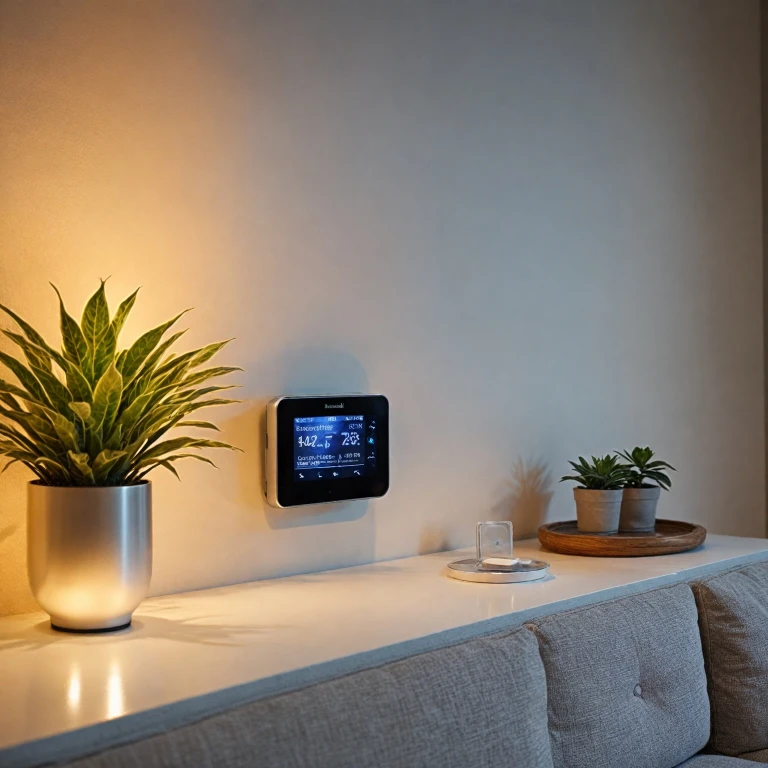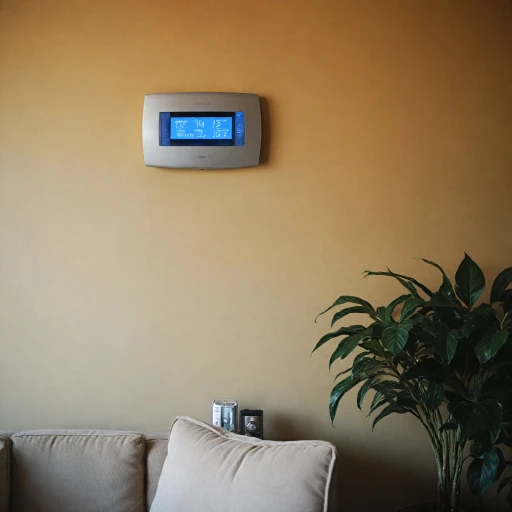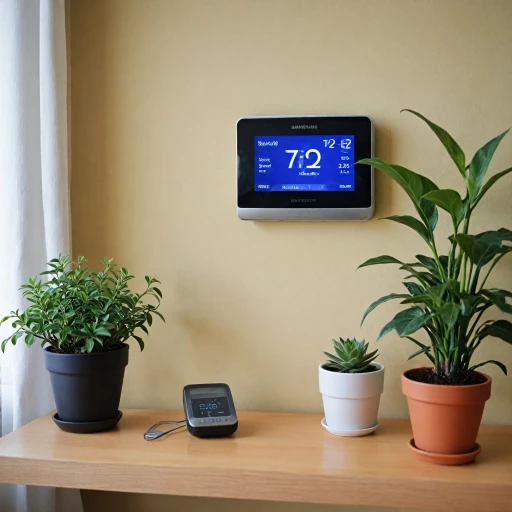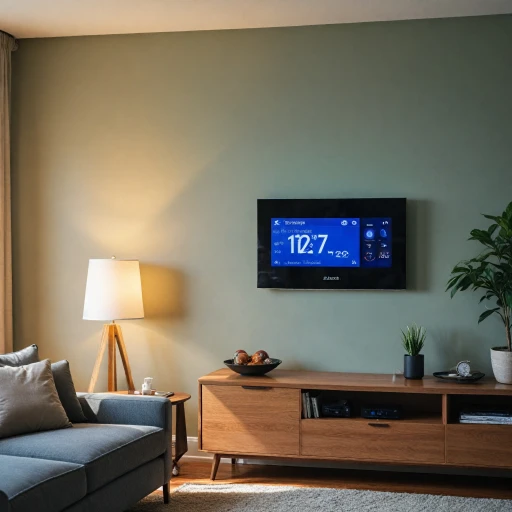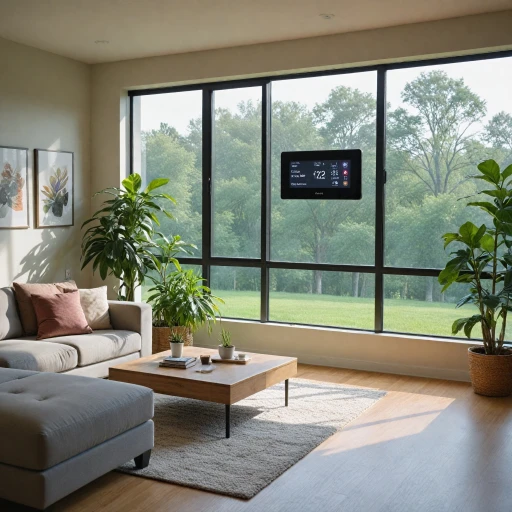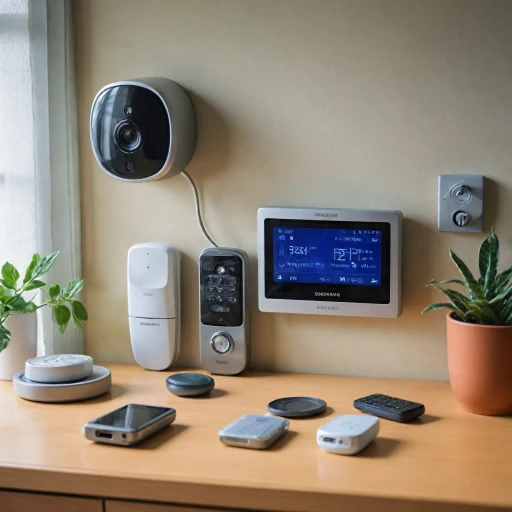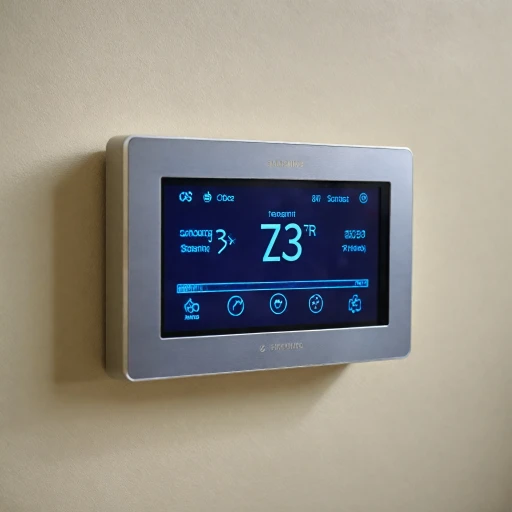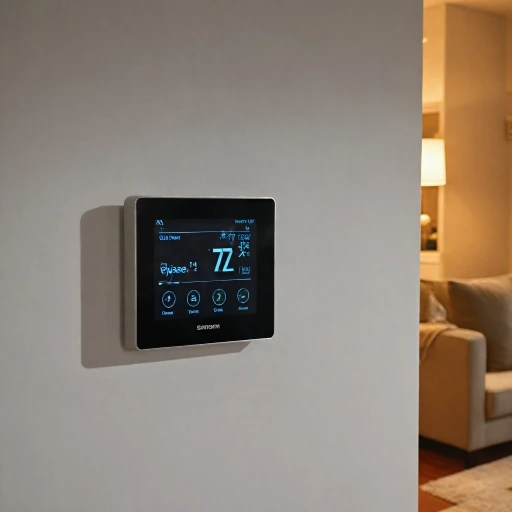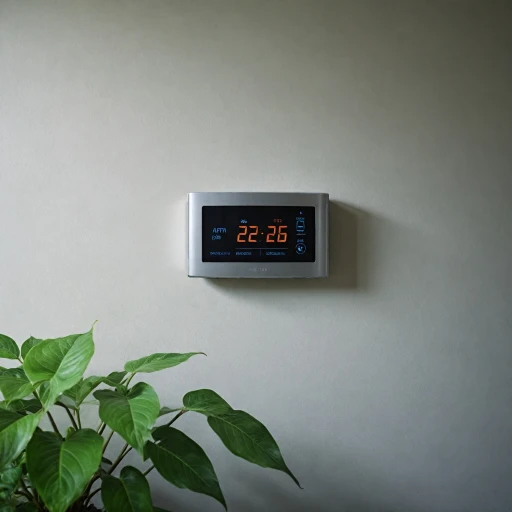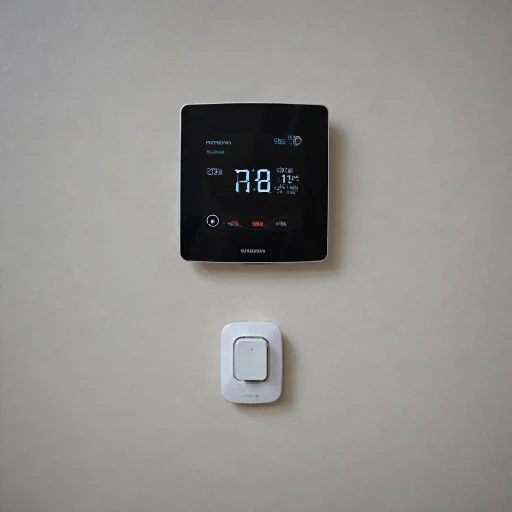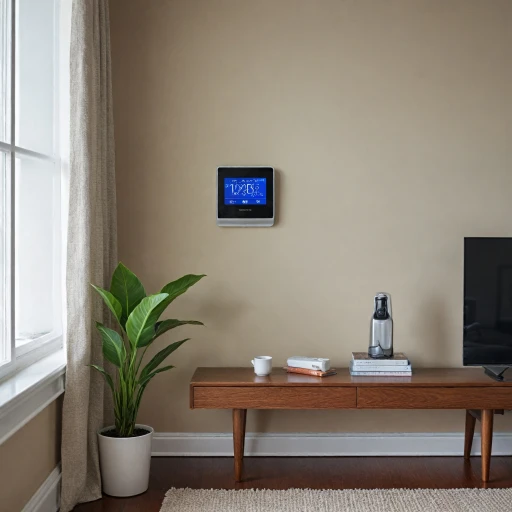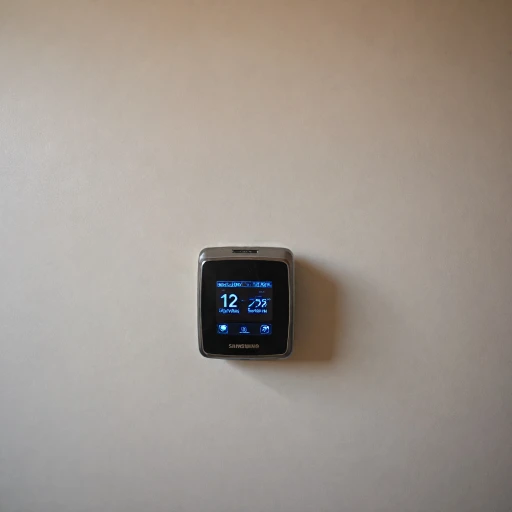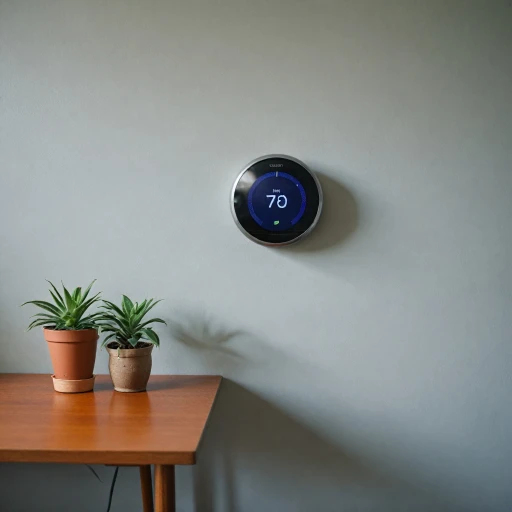
Understanding Your Honeywell Thermostat
Decoding Your Thermostat: A Fundamental Step
Navigating the intricacies of a Honeywell thermostat is essential for ensuring that your home’s heating and cooling systems function optimally. Honeywell offers a range of models, and understanding the basic structure and components of your particular model can significantly impact your ability to program and manage the thermostat effectively. For a comprehensive rundown on the features and functionality of the Honeywell 5000 Thermostat, you can explore their official manual to enhance your understanding of its operations.Here are some key elements you should familiarize yourself with:
- Display Panel: The digital display provides vital information such as current temperature settings, modes (heat, cool, or off), and schedule setups. It is essential to understand how to interpret this information to maintain a comfortable home environment.
- Buttons and Controls: Depending on your Honeywell model, you may have a series of buttons or a touch interface. The set button is a primary control used to adjust and set the temperature or time. Learning the functionality of each control will enable you to quickly make changes as needed.
- Program Modes: Many Honeywell thermostats come equipped with programmable options. This allows you to set specific schedules from Monday to Friday and different settings for weekends. Understanding how to switch between manual adjustments and programmed schedules will aid in achieving your desired room comfort and efficiency.
Familiarizing yourself with these structural elements will not only facilitate efficient programming but will also help you minimize energy wastage by correctly setting your digital thermostat according to your specific needs. For those using a manual thermostat, it becomes even more pivotal to grasp these fundamentals to effectively control the heating cool system. As you progress, you will find that these foundational understandings will also assist in utilizing advanced features such as energy saving modes tied to setting specific temperature intervals throughout the day. For issues or peculiarities you might encounter, approaching troubleshooting with this baseline knowledge can streamline resolving common problems.
Setting Up Your Thermostat for the First Time
Setting the Stage for Comfort: Installing Your Thermostat
Setting up your Honeywell thermostat for the first time is an essential step to ensuring efficient temperature control throughout your home. With a keen understanding of your model’s features, you can optimize your heating, ventilation, and air conditioning systems seamlessly.
Unboxing and Installation
Start by carefully unboxing your thermostat. Make sure you have all components as outlined in the thermostat manual, including the wall plate, screws, and the unit itself. Identify the model number to ensure you follow the correct setup instructions for your specific Honeywell thermostat.
Wiring Your Thermostat
Before you begin wiring your thermostat, turn off the power to your heating and cooling system. Carefully remove your old thermostat, taking note of the existing wire connections. Use small labels to mark each wire according to their terminal letters if not already labeled. Honeywell digital thermostats often have clear, straightforward terminals for easy identification.
Mounting the Thermostat
Securely attach the wall plate using the provided screws. Ensure it’s level and the wires are accessible. Once done, connect the wires by matching your labeled wires with the appropriate terminals on the new thermostat. Finally, attach the thermostat unit to the wall plate until it clicks into place.
Powering Up and Setting the Basics
Turn the power back on to your system. Most Honeywell thermostats will power up automatically and guide you through a setup wizard to configure the basic settings, like language and date. Follow the prompts on your digital thermostat screen or consult your manual thermostat guide for instructions.
Creating a Comfortable Climate
With your Honeywell thermostat powered and basic settings configured, familiarize yourself with the set button. Begin by pressing the set button to access the temperature settings. Configure the thermostat to operate in heat cool mode, adjusting the ideal temperature for comfort.
Troubleshooting Basics
If you encounter any issues, refer to your Honeywell thermostat manual or seek professional service assistance. Understand that digital thermostats may have different troubleshooting steps compared to older models.
Setting up your thermostat correctly lays the foundation for programming your daily schedules and maximizing energy efficiency, as further explored in subsequent sections of this guide.
Programming Daily Schedules
Crafting Your Daily Timetable for Comfort and Efficiency
Programming daily schedules on your Honeywell thermostat can significantly enhance both comfort and energy savings. With a well-set schedule, you will ensure your home maintains optimal temperatures at different times of the day.- Identify Your Routine: The first step is to evaluate when you and your family are usually home, at work, or asleep. This understanding helps in creating a schedule that efficiently manages your heating and cooling system.
- Get to Know Your Model: Whether your Honeywell thermostat is digital or a manual version, the programming steps may vary slightly. It's crucial to have your thermostat manual handy for specific instructions related to your model number.
- Standard Programming Times: Typically, thermostats allow for setting four periods daily (Wake, Leave, Return, Sleep) from Monday to Friday. Ensure to set time appropriately for transitions like heat cool adjustments in these zones.
- Weekend Variability: Many digital thermostats, including thermostats Honeywell offers, provide flexibility for different weekend schedules. Adjust your heating cooling needs based on your weekend plans.
- Utilize Inbuilt Features: Some advanced Honeywell models come with smart features that help adapt to your lifestyle automatically, offering additional convenience.
- Energy Optimization: A well-crafted schedule reduces unnecessary heating or cooling when the house is empty, leading to energy savings. It is worth considering getting a service appointment if your system isn’t functioning as expected.
Utilizing Advanced Features
Making the Most of Your Honeywell Thermostat
Digital thermostats, such as Honeywell models, come jam-packed with advanced features that go beyond simply setting the temperature. These features not only enhance comfort but also help in maximizing energy efficiency. Let’s explore how to use these advanced options effectively.Smart Programming and Scheduling
Your thermostat is equipped to handle intricate heating and cooling schedules, offering flexibility and control.- Multiple Days Scheduling: Utilize the separate scheduling options for weekdays (Monday to Friday) and weekends. This allows different temperatures to be set based on your routine, which can vary between workdays and leisure days.
- Precision Timing: With the ability to set time-specific programs, ensure each room in your home maintains a comfortable climate. Whether it's setting the air conditioning to switch on before you wake up or adjusting the heating for your return, precise programs will ensure you're comfortable every step of the way.
Energy Efficient Settings
One of the pivotal goals of modern digital thermostats is to optimize energy consumption.- Adaptive Recovery: This feature will automatically prepare your home in advance of your set schedule. This means the system starts to heat or cool a bit earlier than the programmed time, ensuring the temperature reaches the desired level exactly when you want it.
- Smart Alerts: Some models send notifications, alerting you to check the system service or change filters, contributing to better system performance and energy savings.
Seamless Temperature Control
Advanced Honeywell thermostats provide options that allow easy temperature adjustments.- Manual Override: You can easily adjust the current temperature above or below the scheduled program temporarily. Simply press the set button, manually set temperature, and the digital thermostat will readjust automatically at the next scheduled program change.
- Remote Access: Certain models offer digital connectivity, enabling control over your home's heating and cooling systems from anywhere, even if you're vacationing in Las Vegas or busy at work.
Troubleshooting Common Issues
Resolving Issues with Your Honeywell Thermostat
Troubleshooting your Honeywell thermostat can seem daunting at first, but with a little guidance, you can quickly get your digital thermostat back on track. Here are some common issues and solutions to help you manage your system's performance efficiently:- Thermostat Not Turning On: Start by checking if the thermostat is properly installed and receiving power. Make sure the batteries, if applicable, are not depleted. If you're using a manual thermostat model, ensure all wires are securely connected according to the thermostat manual.
- Temperature Discrepancies: If the air physically feels cooler or warmer than the set temperature, make sure your thermostat is placed away from heat sources or drafts, as they can affect readings. Calibration might be necessary, which can be adjusted through the thermostat's settings or by consulting a professional service.
- Improper Heating/Cooling Cycles: Verify your scheduled program to ensure the heat or cool function kicks in at the right times. The button labeled 'set' will usually allow you to adjust these preferences. If you're still having issues, check the system mode and make sure it aligns with the current weather conditions.
- System Not Responding: If your HVAC system isn't responding to temperature adjustments, inspect the circuit breaker or fuse box. A tripped breaker could be cutting power to your system. If this isn't the issue, there may be a deeper problem that requires a scheduled appointment with a technician.
Maximizing Energy Efficiency
Optimizing Your Thermostat for Energy Savings
Maximizing energy efficiency with your Honeywell thermostat is not just about comfort; it's about saving on utility bills and reducing your carbon footprint. Here are some practical tips to help you achieve this:
- Set Appropriate Temperatures: Adjust the thermostat set point according to the season. During winter, set the temperature lower when you're asleep or away. In summer, increase the temperature to reduce air conditioning use.
- Utilize Scheduling Features: As discussed earlier, programming daily schedules can significantly impact energy consumption. Make sure to set the thermostat to automatically adjust temperatures during different times of the day, such as when you're at work or asleep.
- Use the 'Heat Cool' Setting: This feature allows the thermostat to automatically switch between heating and cooling, maintaining a consistent temperature and avoiding unnecessary energy use.
- Regular Maintenance: Ensure your heating and cooling systems are serviced regularly. A well-maintained system will operate more efficiently, helping your thermostat perform optimally.
- Manual Adjustments: Even with a digital thermostat, sometimes manual adjustments are necessary. If you find the programmed schedule isn't meeting your needs, don't hesitate to make manual changes.
- Consider Your Environment: If you live in a place with extreme temperatures, like Las Vegas, you might need to adjust your thermostat settings more frequently to maintain comfort without overusing energy.
By following these tips, you can ensure your Honeywell thermostat helps you save energy while keeping your home comfortable. Remember, the key is to find a balance that suits your lifestyle and environmental conditions.
